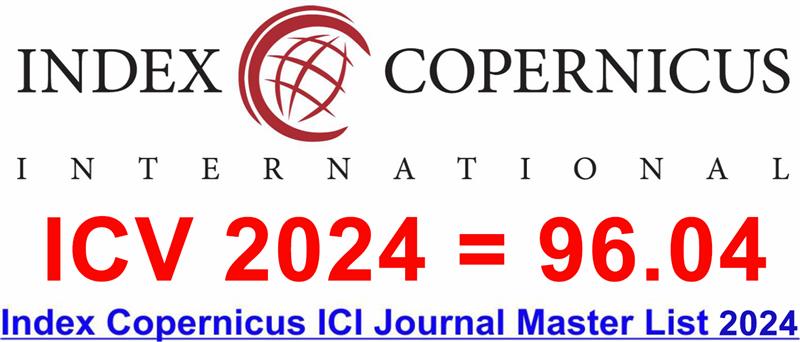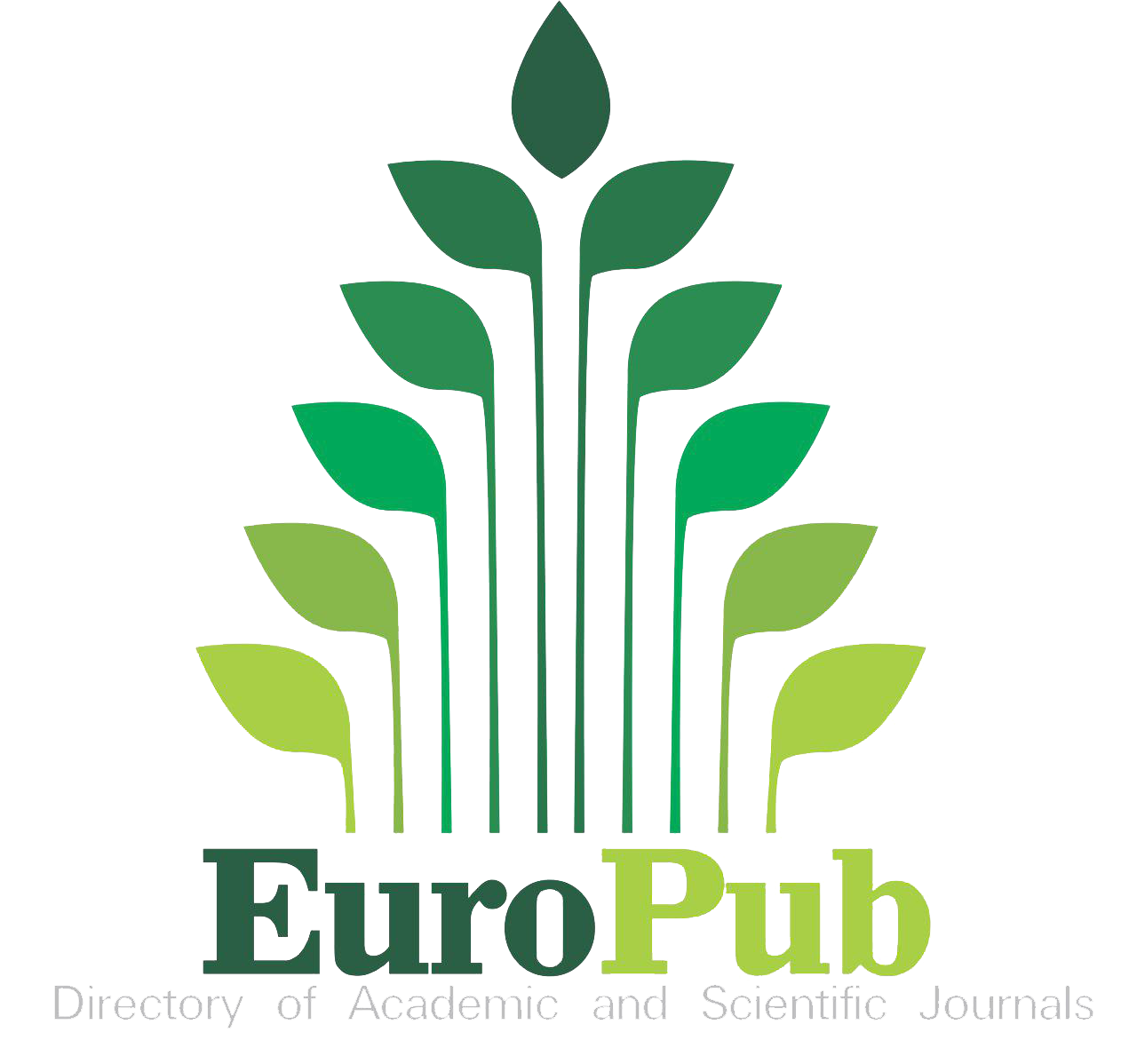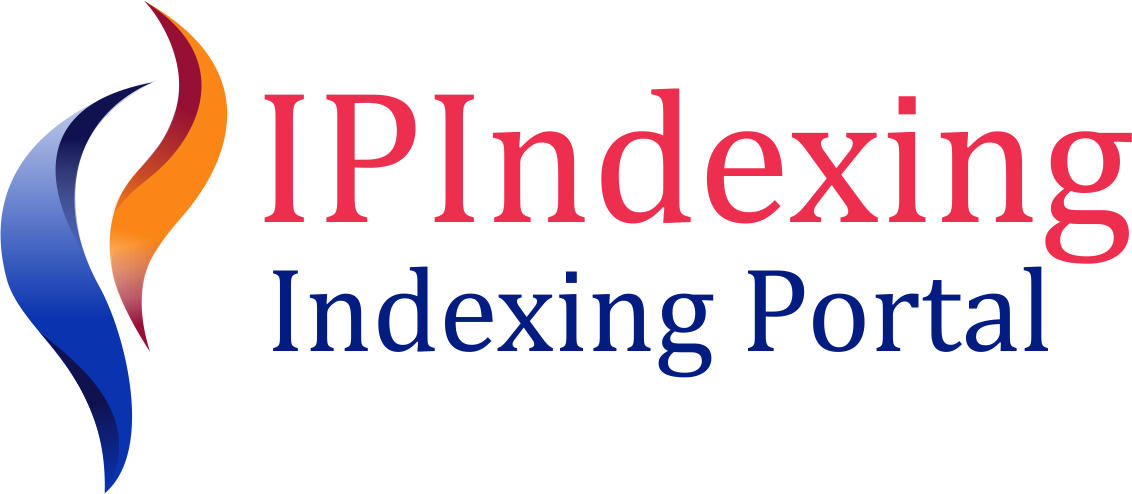Community Preference for Children's Education
DOI:
https://doi.org/10.60072/ijeissah.2024.v2i03.015Abstract
In Myanmar, a pressing concern exists regarding the community's preferences and attitudes towards children's education. Despite the country's commitment to improving its education system, a lack of comprehensive understanding of community preferences for children's learning spaces poses a significant obstacle. The community's preferences regarding children's education in Myanmar are very important within the ever-changing educational environment. This study examines community preferences for their children's learning spaces during crises. The study utilizes a qualitative methodology. The results indicate that primary school-age children have the highest attendance rates in community-run educational spaces, whereas formal schools rank second in attendance. Nevertheless, the persistent civil fighting has diminished confidence in conventional educational institutions due to regular aerial bombardments. Temporary learning spaces, educational spaces affiliated with churches or faith-based organizations, and tuition centers have important roles, each with unique attendance patterns. Responses to ethnic, monastic, and vocational education spaces are scarce, suggesting a restricted supply. The study underscores the disparity between educational facilities managed by the local community in villages and those in refugee camps, underscoring the significance of the surrounding circumstances for evaluating access to education. Despite their obstacles, community learning spaces are essential in both stable and critical contexts. The research offers useful insights into how conflict dynamics affect educational decisions in the community and lays the groundwork for intervention efforts to improve education in various community settings.
Keywords:
Community Engagement in Education, Learning Achievement, Security Risk for SchoolingReferences
Alejo, A., Yao, H., & Reuge, N. (2023). Tracking Progress on Foundational Learning: Findings from the RAPID 2023 Analysis. UNICEF. https://eric.ed.gov/?id=ED631774
Basilaia, G., Dgebuadze, M., Kantaria, M., & Chokhonelidze, G. (2020). Replacing the classic learning form at universities as an immediate response to the COVID-19 virus infection in Georgia. International Journal for Research in Applied Science and Engineering Technology, 8(3), 101-108. https://doi.org/10.22214/ijraset.2020.3021
Buchanan, V. (2020). A study to identify factors impacting upon the decision-making processes of elective home education professionals when determining the suitability of parental provision (Doctoral dissertation, University of Huddersfield). https://eprints.hud.ac.uk/id/eprint/35236/
Crisis group. (2020). Identity Crisis: Ethnicity and Conflict in Myanmar. https://www.crisisgroup.org/asia/south-east-asia/myanmar/312-identity-crisis-ethnicity-and-conflict-myanmar#:~:text=This%20report%20examines%20the%20historical]
D'Ayala, D., Galasso, C., Nassirpour, A., Adhikari, R. K., Yamin, L., Fernandez, R., ... & Oreta, A. (2020). Resilient communities through safer schools. International journal of disaster risk reduction, 45, 101446.] https://doi.org/10.1016/j.ijdrr.2019.101446
Garcia, J. (2019). Critical and culturally sustaining indigenous family and community engagement in education. The Wiley handbook of family, school, and community relationships in education, 71-90. https://doi.org/10.1002/9781119083054.ch4
Mosley, J., & Valdez, A. (2022). Learning from Young People about How Safe and Supportive Conditions at Home Can Inform School Climate. WestEd. https://eric.ed.gov/?id=ED621228
National Center on Safe Supportive Learning Environments. (2023). Family-School-Community Partnerships | Safe Supportive Learning. Ed.gov. https://safesupportivelearning.ed.gov/training-technical-assistance/education-level/early-learning/family-school-community-partnerships
O'Toole, L., Kiely, J., & McGillicuddy, D. (2019). Parental involvement, engagement and partnership in their children's education during the primary school years. National Parents Council. http://hdl.handle.net/10197/9823
Patrinos, H. A. (2018). Four Education Trends that Countries Everywhere Should Know About (News and Research 100).
UNICEF. (2021). Education at risk: A generation of children in Myanmar must have safe, appropriate and inclusive opportunities to continue their learning. (n.d.). Www.unicef.org. https://www.unicef.org/eap/press-releases/education-risk-generation-children-myanmar-must-have-safe-appropriate-and-inclusive
UNICEF. (2023). Myanmar Humanitarian Situation Report No. 4,
UNICEF & SEAMEO. (2020). SEA-PLM 2019 Main Regional Report | UNICEF East Asia and Pacific. (2020, December 1). Www.unicef.org. https://www.unicef.org/eap/reports/sea-plm-2019-main-regional-report
UN Office for the Coordination of Humanitarian Affairs (OCHA). (2022). Myanmar Humanitarian Update, August 2022. Myanmar. (2018, January 30). OCHA. https://www.unocha.org/myanmar
UN Office for the Coordination of Humanitarian Affairs (OCHA). (2023). Education Brief 2023, Myanmar Multi-Sectoral Needs Assessment.
UN Office for the Coordination of Humanitarian Affairs (OCHA). (2024). Myanmar Emergency Overview Map, July 2024.
World Bank. (2020). Myanmar Economic Monitor, December 2020: Coping with COVID-19. World Bank. Open Knowledge Repository. (2024). Handle.net. https://hdl.handle.net/10986/34936
World Bank. (2022). https://www.worldbank.org/en/topic/brief/Safe Schools: Supporting the Future of Learning through Safe Schools (worldbank.org) Development Topics. (2018). World Bank. https://www.worldbank.org/en/topic/brief/Safe
World Bank. (2023). Education in Myanmar: Where are we now? Myanmar EDUCATION IN MYANMAR: WHERE ARE WE NOW? . . . Document of the World Bank Education and Poverty Global Practices East Asia Pacific Region. (2023). https://thedocs.worldbank.org/en/doc/716418bac40878ce262f57dfbd4eca05-0070012023/original/State-of-Education-in-Myanmar-July-2023.pdf
























